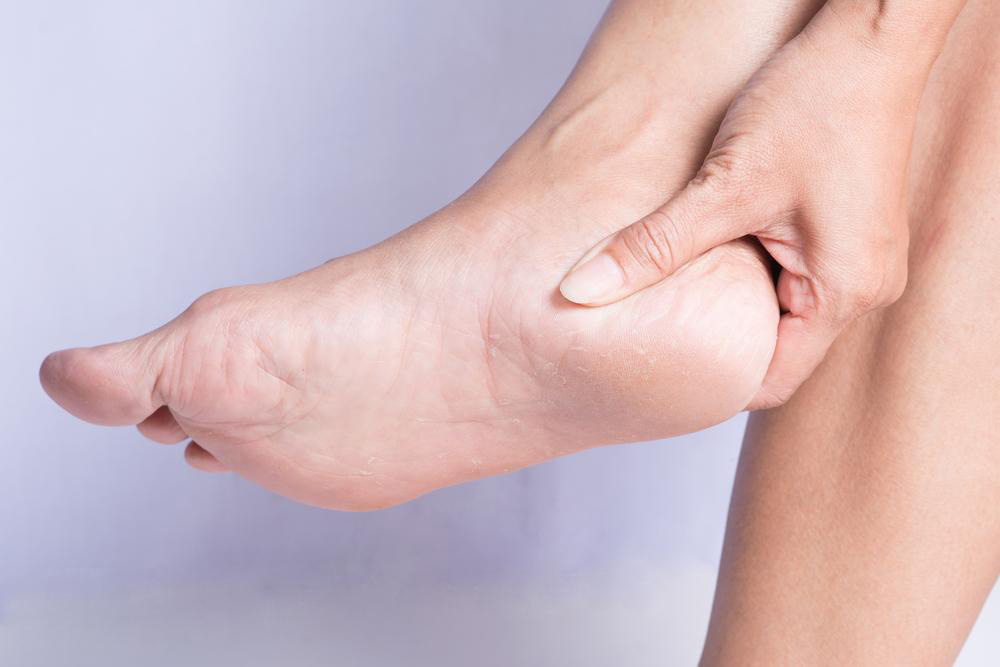Treatment and preventive measures for heel pain
Heel pain is usually mild and would gradually disappear on its own. But there are cases when the pain becomes severe and could even be responsible for disabilities. The cases in which the pain persists for a long time are termed as chronic. These heel pains are very common among foot problems, and usually, the sufferer feels pain under the heel or just behind the heel.
Do not ignore the symptoms
The cause of heel pain does not start in a day or from a single injury. It may be caused by wearing flat footwear which may stretch the plantar fascia to a great extent, causing the area to swell up.

Remedies and prevention of heel pain
If the heel problem persists, you should seek the right treatment for heel pain.
- Home care – If the cases are not too severe, you can try some of the home care steps.
- Rest – Running or standing for very long periods must be avoided, the same way as walking on hard surfaces.
Prevention is better than cure
- Do not walk barefoot, especially on hard grounds.
- Try to lose weight because being overweight puts more stress on the heels.
- Use good quality, comfortable footwear as it has materials that can effectively absorb a lot of the stress and eventually help protect the heels. Shoes that seem to augment the heel pain should be immediately avoided.
- If you are very prone to heel pain, spend more time resting and approach a heath care personnel, if required.
- Before engaging in an activity that involves lots of stress, indulge in proper warming up activities; remember to wear the right shoes.
- A cushioning insole or heel cup could be used to limit movements and thus protect from the heel bursitis. In severe cases, you could use a steroid injection. Even cortisone injections could be administered to curb the pain. As a measure of last resort, get the bumps removed surgically.

